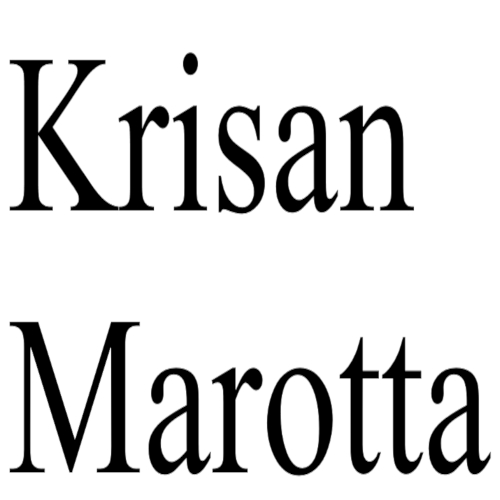
Cost basis is the cornerstone of your realized and unrealized gain/loss calculations. The matching method you select for closing transactions greatly influences cost basis.
Recent legislation requiring custodians to track cost basis makes understanding your PortfolioCenter matching method options more important than ever. The matching method is the process PortfolioCenter uses to decide which trade lots to remove when you sell a security. A trade lot is the number of shares bought in one transaction.
Whether you are a new or long-time PortfolioCenter user, now is a good time to ensure you understand the 5 Matching Methods available in PortfolioCenter.
First in, First out (FIFO): The shares are matched starting with the oldest trade lot. Since the oldest shares often have the highest capital gains, this causes your clients to pay the most tax. In PortfolioCenter, FIFO is the default for all security types. However, most brokers use FIFO as the default for all security types EXCEPT mutual funds — here they default to Average Cost accounting instead.
Last in, First Out (LIFO): The shares are matched starting with the newest trade lot. While the newest shares often have the smallest capital gain, they may have been held less than one year and therefore they might be taxed at ordinary income tax rates instead of lower, long term capital gains rates.
Highest Cost (HiCost): The shares are matched starting with the most expensive trade lot working to the least expensive — which will realize the smallest gain. While Highest Cost minimizes capital gains, this method is not optimized to sell long term gains before short term gains.
Lowest Cost (LoCost): The shares are matched starting with least expensive trade lot working to the most expensive lot — which will realize the largest gain. Since Lowest Cost maximizes capital gains, it is usually the method of choice when a client is gifting appreciated securities to a qualified charity.
Beneficial Tax (BenTax): The lots are matched in the order that takes the highest loss first and highest gain last. This matching method takes into account both minimizing the gain and also selling lots which have long term gains before those with short term gains. This method became available in PortfolioCenter and Schwab in January 1, 2011.
Average Cost (AvgCost): The shares are matched starting with the oldest first (like FIFO), but the cost of the shares sold is averaged across all trade lots purchased. Most brokers default to this method for mutual funds, and most managers who use average cost use it only for mutual funds.
At this point, you’re probably asking: what do most managers use? In my experience, while it depends on the manager, the short and sweet answer is most managers use FIFO for everything.
However, managers who also help their clients reduce taxes tend to use Highest Cost and a good number switched to Beneficial Tax when it became available in 2011.
Managers who reinvest mutual fund dividends tend to use Average Cost for mutual funds and FIFO for everything else. Managers who do not reinvest mutual fund dividends and/or offer tax planning tend to use Highest Cost or FIFO.
Managers with clients who encourage charitable gifting use Lowest Cost or select specific lots for the charitable gifts
Managers who didn’t know they had to make a choice when they got started tend to use their brokers’ defaults, which is usually Average Cost for mutual funds and FIFO for everything else.
Need help? Outsource to an expert
Krisan Marotta and Krisan’s BackOffice, Inc. specifically disclaims giving advice on the reporting of gains and losses for tax purposes. Consult a tax manual or a tax authority for authoritative information.
NOTE: The Internal Revenue Service (IRS) does not recognize LIFO, High Cost, Low Cost, and Beneficial Tax as accounting methods, but it recognizes specific shares accounting for reporting investment gains and losses. According to IRS rules, if an investor does not indicate specific shares to sell, all gain/loss calculations automatically default to the FIFO method.
Photo used here under Flickr Creative Commons.

